Dental clinic for
Pets and small animals
Health starts with the teeth, a wisdom that applies not only to humans but also to animals. Unfortunately, this rule is all too often disregarded. We are well equipped and can help the animals efficiently and expediently, even if they are a bit older.

Dental hygiene
Dogs and cats always start with dental hygiene (DH), in which the tartar that has formed is removed using ultrasound technology. In order to be able to carry out this somewhat unpleasant treatment on dogs and cats, we require sedation, which can usually be carried out well and safely even in older animals. To minimize the risk, we naturally examine every patient beforehand, ideally supplemented by a blood analysis.
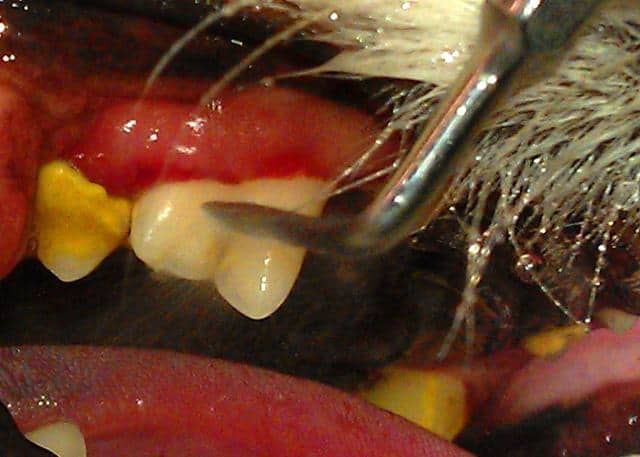
Dental clinic for small pets like rabbits and guinea pigs
Since the teeth of rabbits and pet rodents are constantly growing back, the teeth can very quickly become too long or malformed if the teeth are not positioned correctly or if the diet is unsuitable. This does not only apply to the clearly visible incisors, but also the molars must be checked regularly. At the latest when you see that an animal loses weight or lets out badly crushed food, action must be taken. We can correct the position of the teeth under light anesthesia.
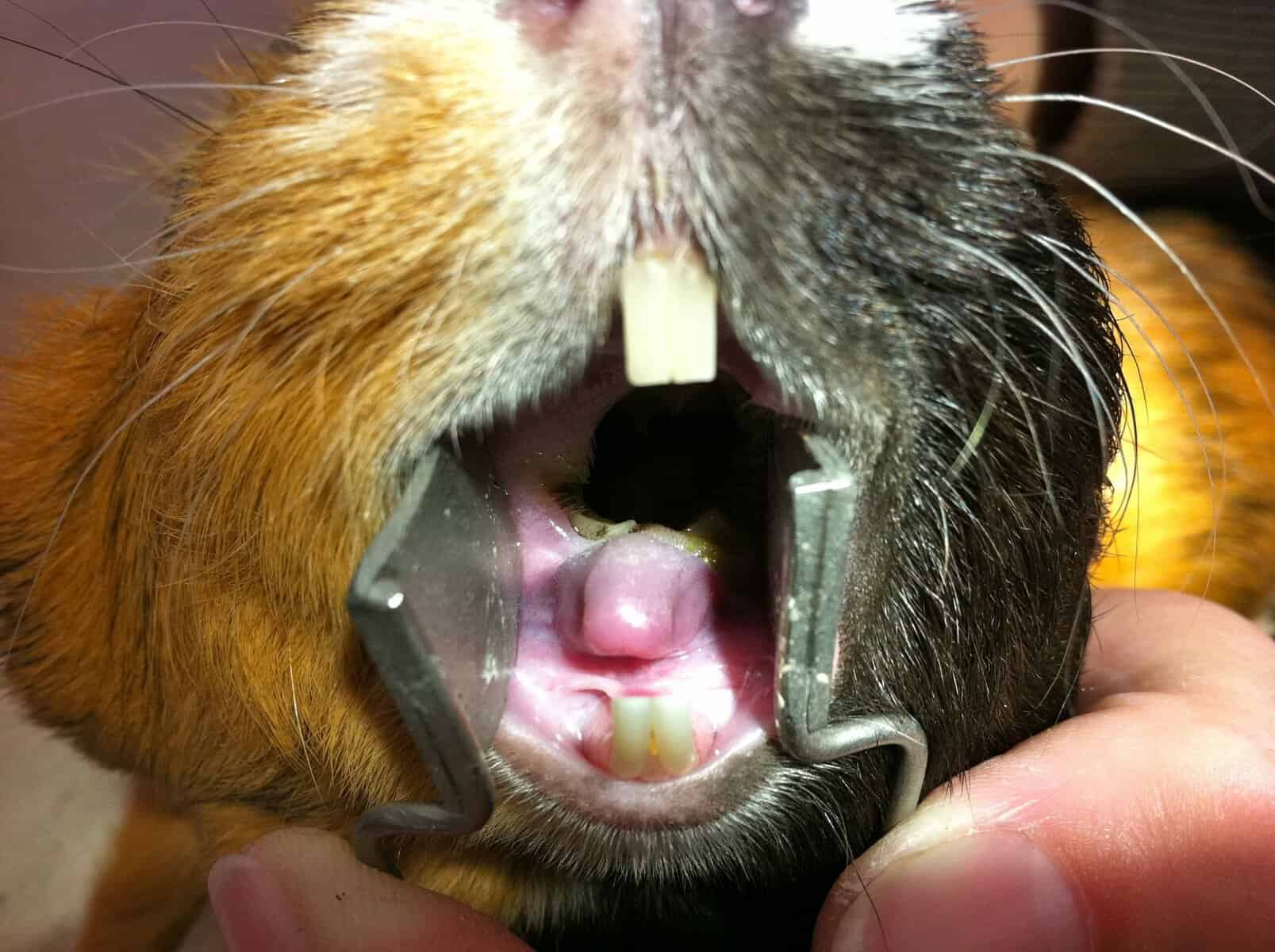
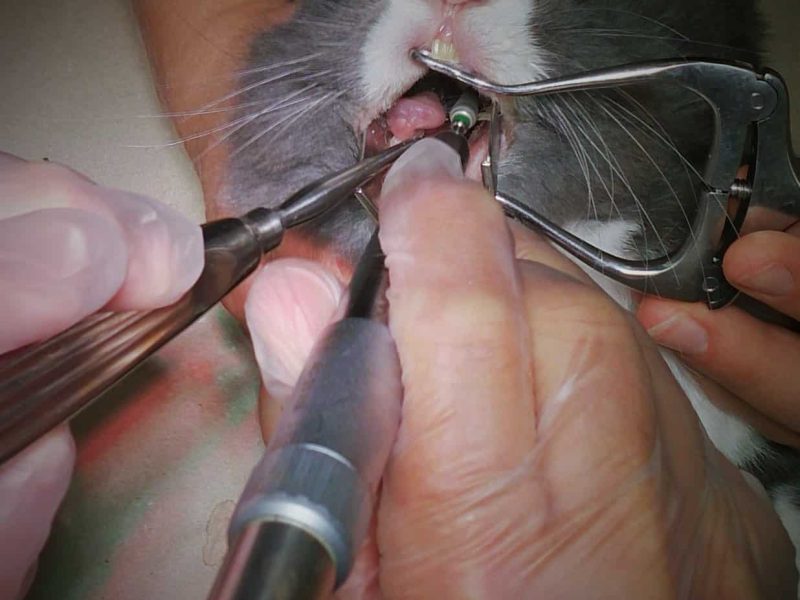
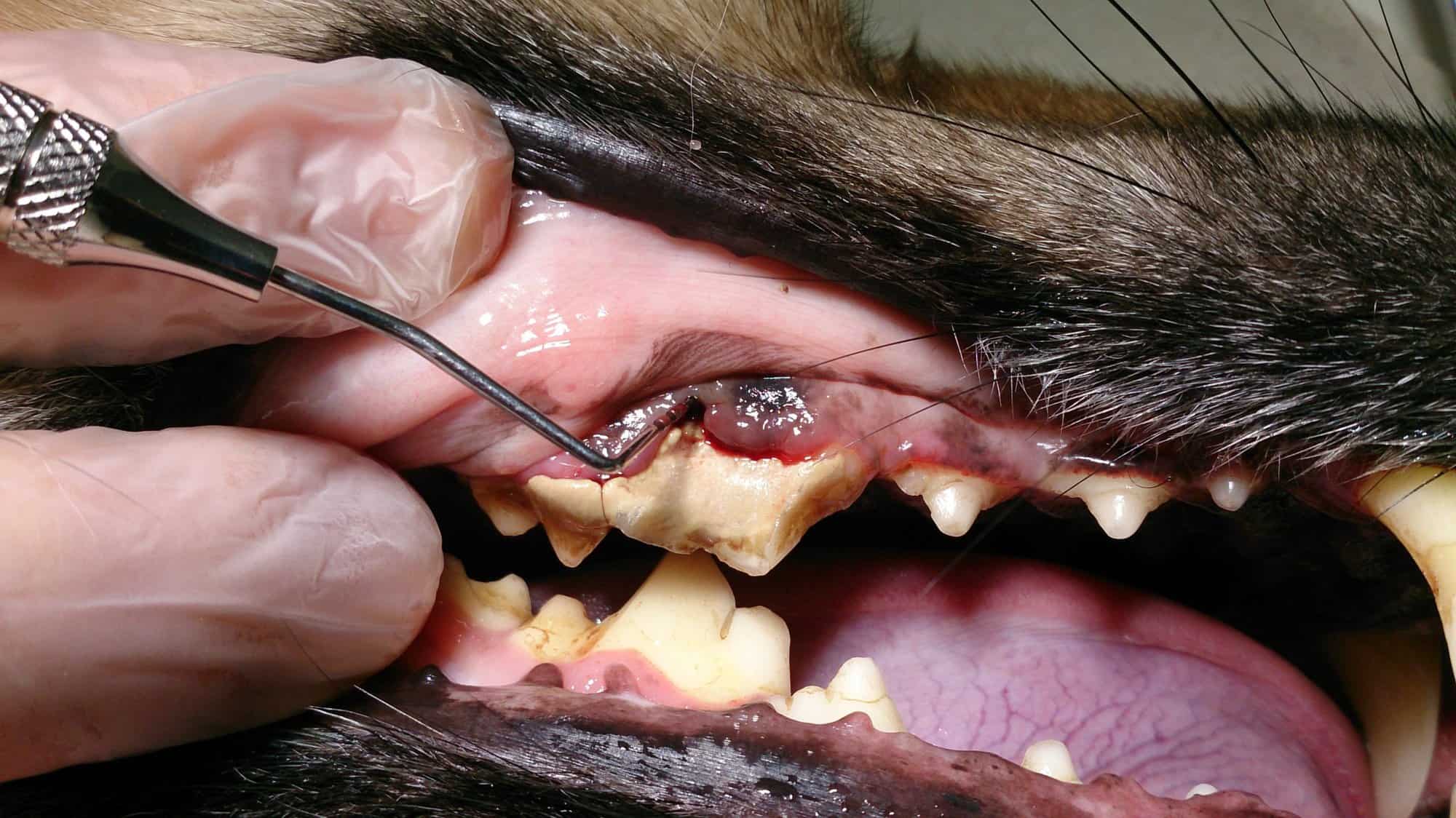

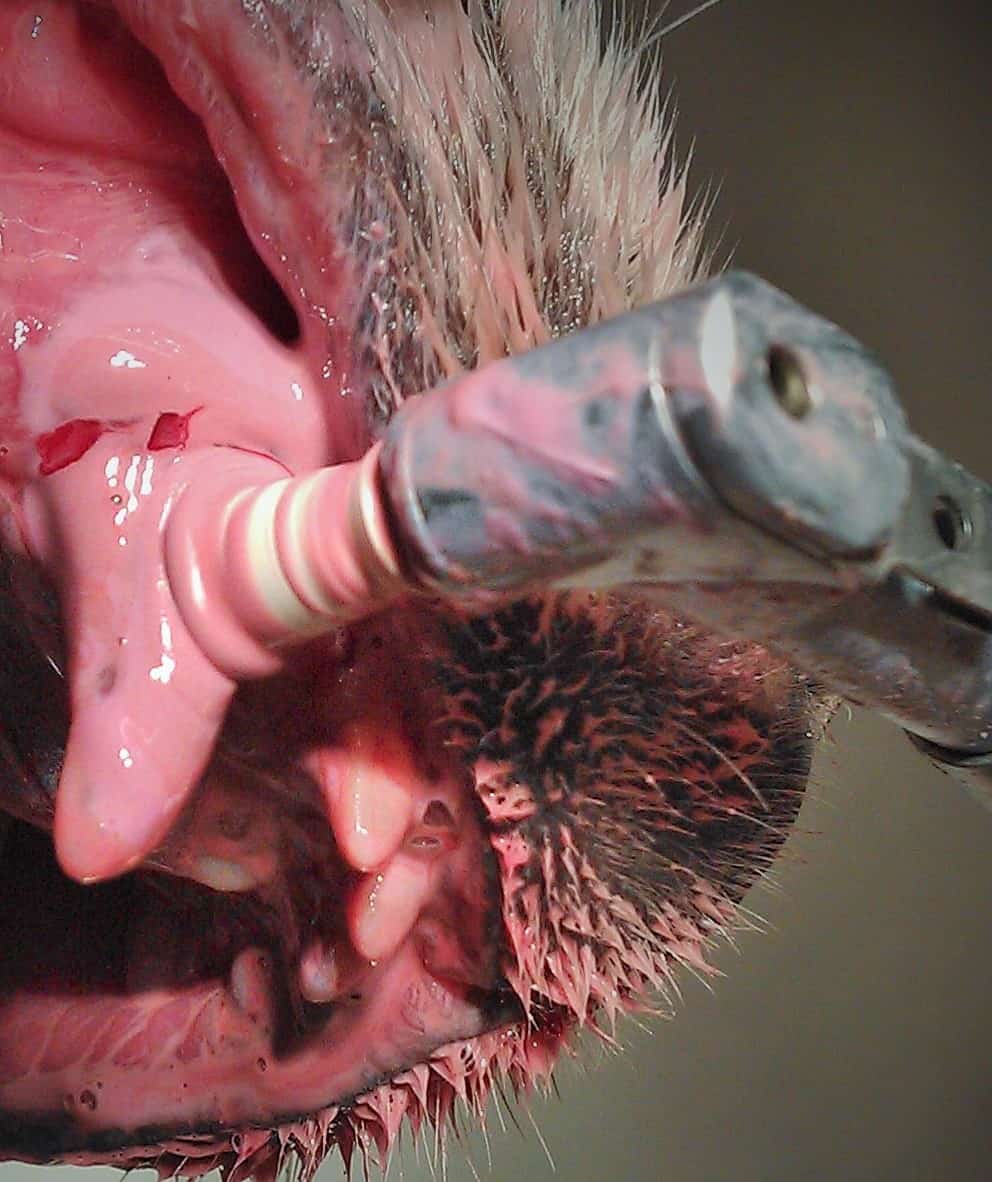
Dental survey
Once the tartar has been removed, we can examine the oral cavity in detail and check each individual tooth. Damaged or inflamed teeth are identified and, if possible, treated and preserved. Unfortunately, there are always teeth that are too damaged and painful to be left in the mouth.
Dental X-ray
In order to assess the roots of the teeth, we usually need X-ray images. We use a state-of-the-art digital X-ray machine that can show even the finest structures.
Tooth extractions
The damaged and painful teeth are extracted under anesthesia, the root cavities are rinsed and sutured. Teeth with multiple roots must be divided so that each root can be completely removed.
Polish
Finally, the plaque on the teeth is polished away so that tartar does not form again too quickly. Fluorine treatment can help protect the enamel.
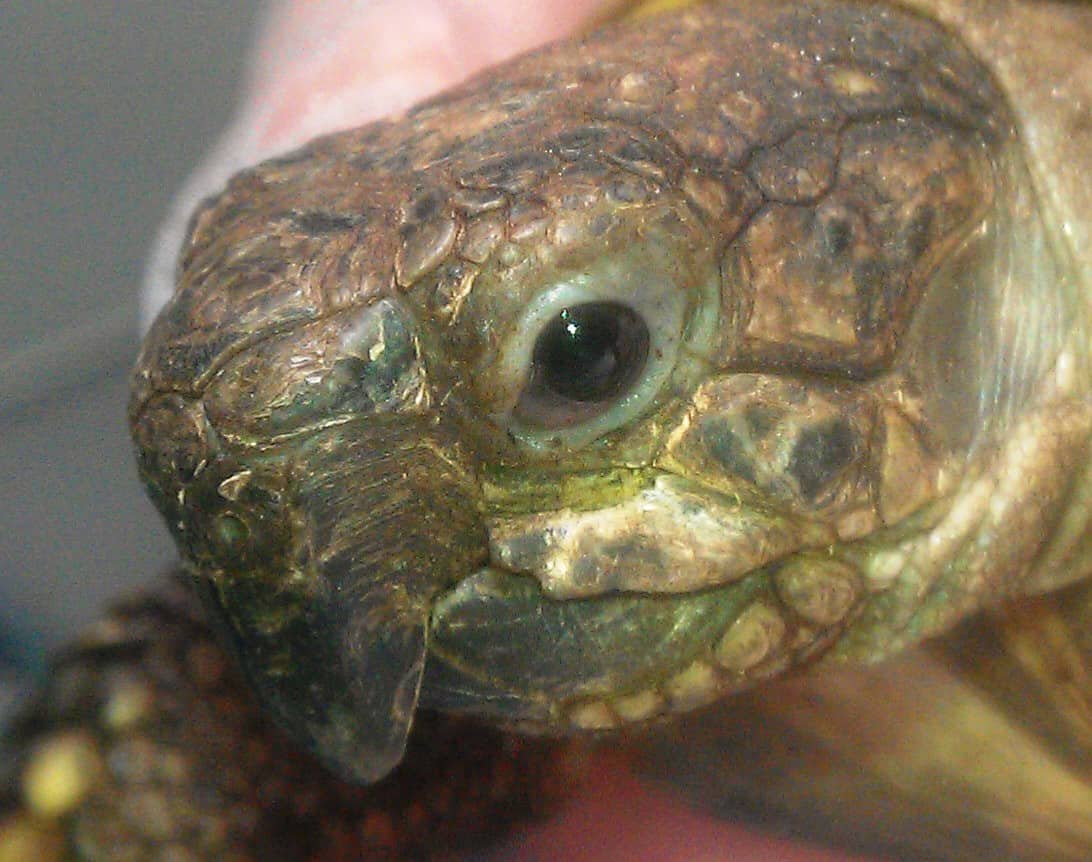

Beak corrections in turtles and birds
And not to forget: Patients without teeth, like turtles and birds, at least have a beak! It has to fit too! In many animals, the beak can become too long or crooked, even with a good range of 'nibbling and wetting opportunities'.
Correction of the beak is possible in most cases without sedation or anesthesia, as the procedure is painless.
